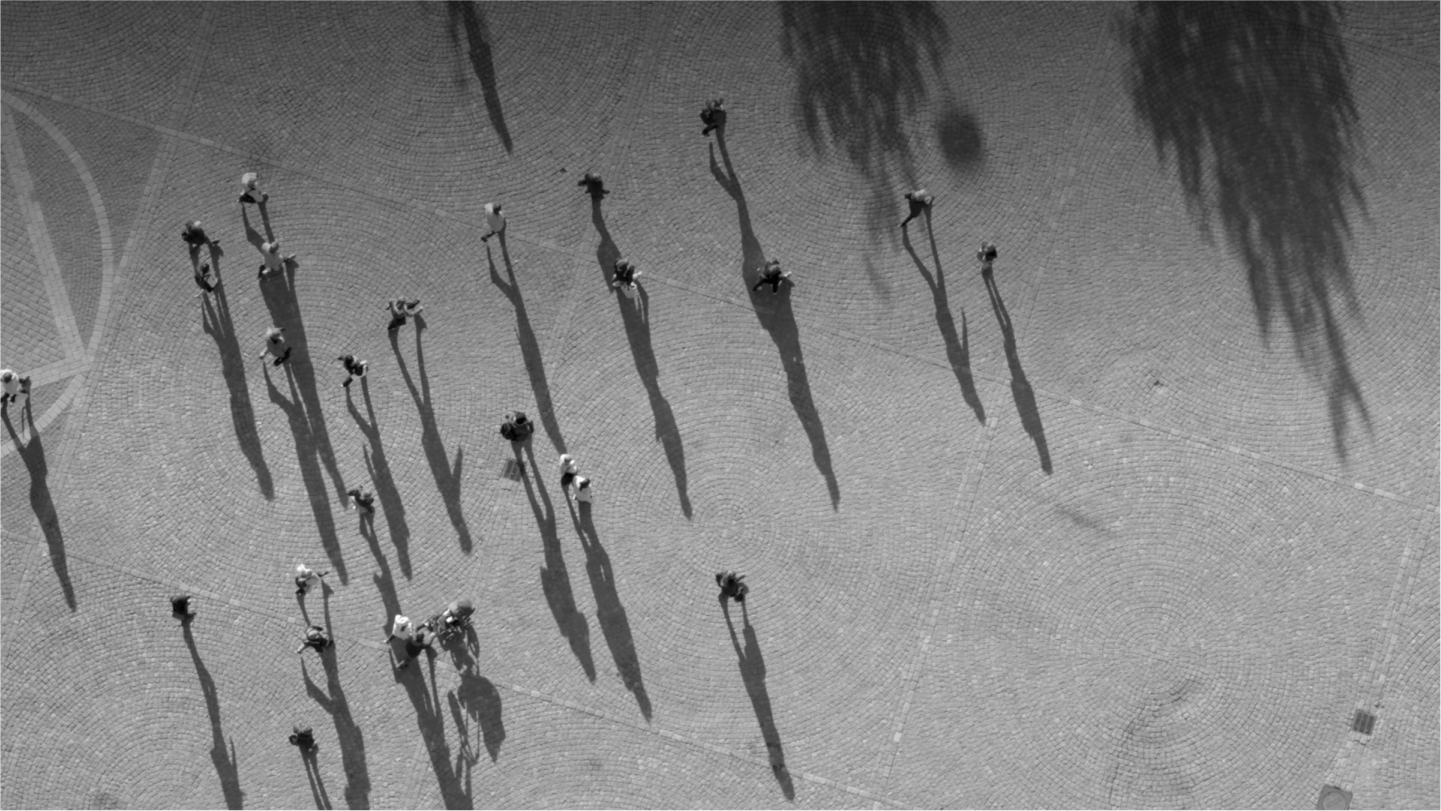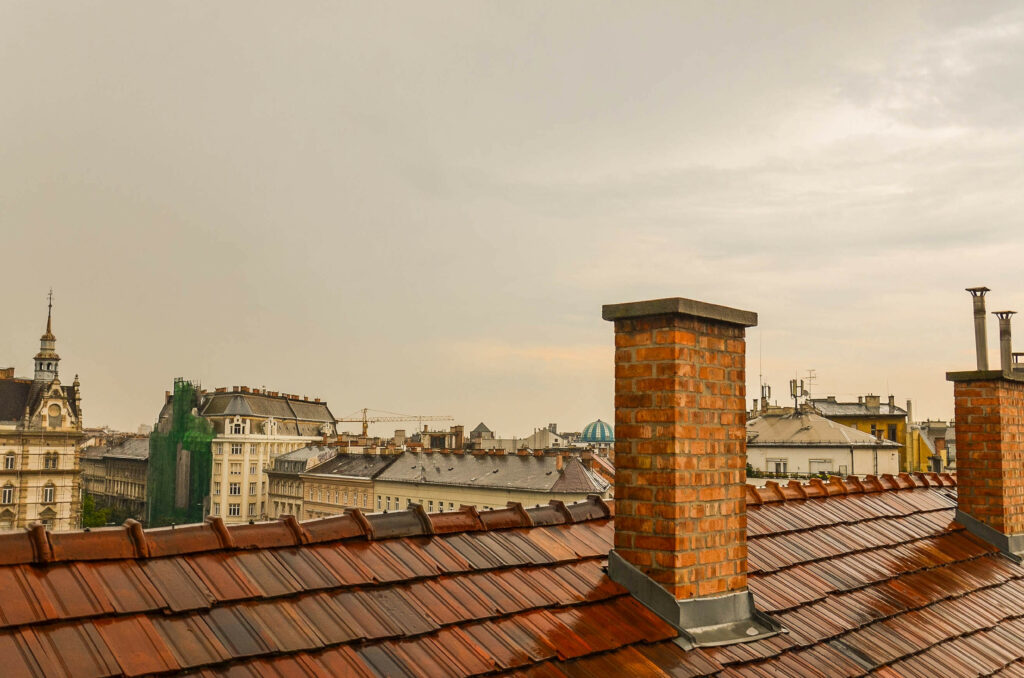



Moisture and mold damages are the most significant single sources of disputes in property and real estate transactions.
If staying in a building causes symptoms such as eye irritation, upper respiratory tract symptoms, nasal congestion, skin issues, headaches, unusual irritation, or persistent flu-like symptoms, it is reasonable to suspect mold damage. Buildings with damage often have a typical musty and moldy smell.
The Ministry of Social Affairs and Health has issued a regulation on the health conditions housings and other residential buildings (Residential Health Regulation) under the Health Protection Act. Health conditions refer to the physical e.g., temperature, humidity, ventilation, noise), chemical (e.g., carbon dioxide, carbon monoxide, formaldehyde), and biological (e.g., microbial growth) conditions of a housing or other living space. The regulation came into effect on May 15, 2015. Previously, potential health hazards in homes were assessed according to the Ministry of Social Affairs and Health’s residential health guidelines.
Verifying moisture and mold damage usually requires opening structures and examining material samples. Building inspections conducted in connection with property and real estate transactions are often so superficial that they do not always reveal indications of possible microbial damage. These inspections are typically performed using sensory methods and surface moisture meters, which may not be sufficient to detect microbial damage within structures. The problem often becomes apparent only a few months after occupancy, and it is not always initially suspected that there may be something wrong within the building’s structure.
If the amount of microbes in the structures exceeds the reference values set out in the Residential Health Regulation (Part IV), the circumstances in the building are considered to indicate a health hazard. According to the Residential Health Regulation, when the action threshold is exceeded, the party responsible for the harm must take measures in accordance with Sections 27 or 51 of the Health Protection Act to investigate the health hazard and, if necessary, remove or limit it.
A health hazard in a building intended for residential use usually exceeds the significance threshold required by the Land Code, not least because the repair costs often become substantial. Unfortunately, the repair of buildings damaged by mold has previously been carried out with insufficient measures. Nowadays, it is understood that the cause of the damage must be removed. It is no longer sufficient to dry the moistened and potentially damaged materials.
We collaborate with leading building health experts, microbiology experts, and building inspectors. We have acted as assistants in several property disputes related to mold and moisture damage.

